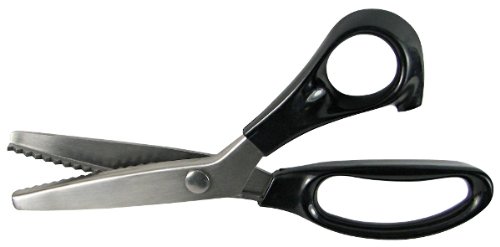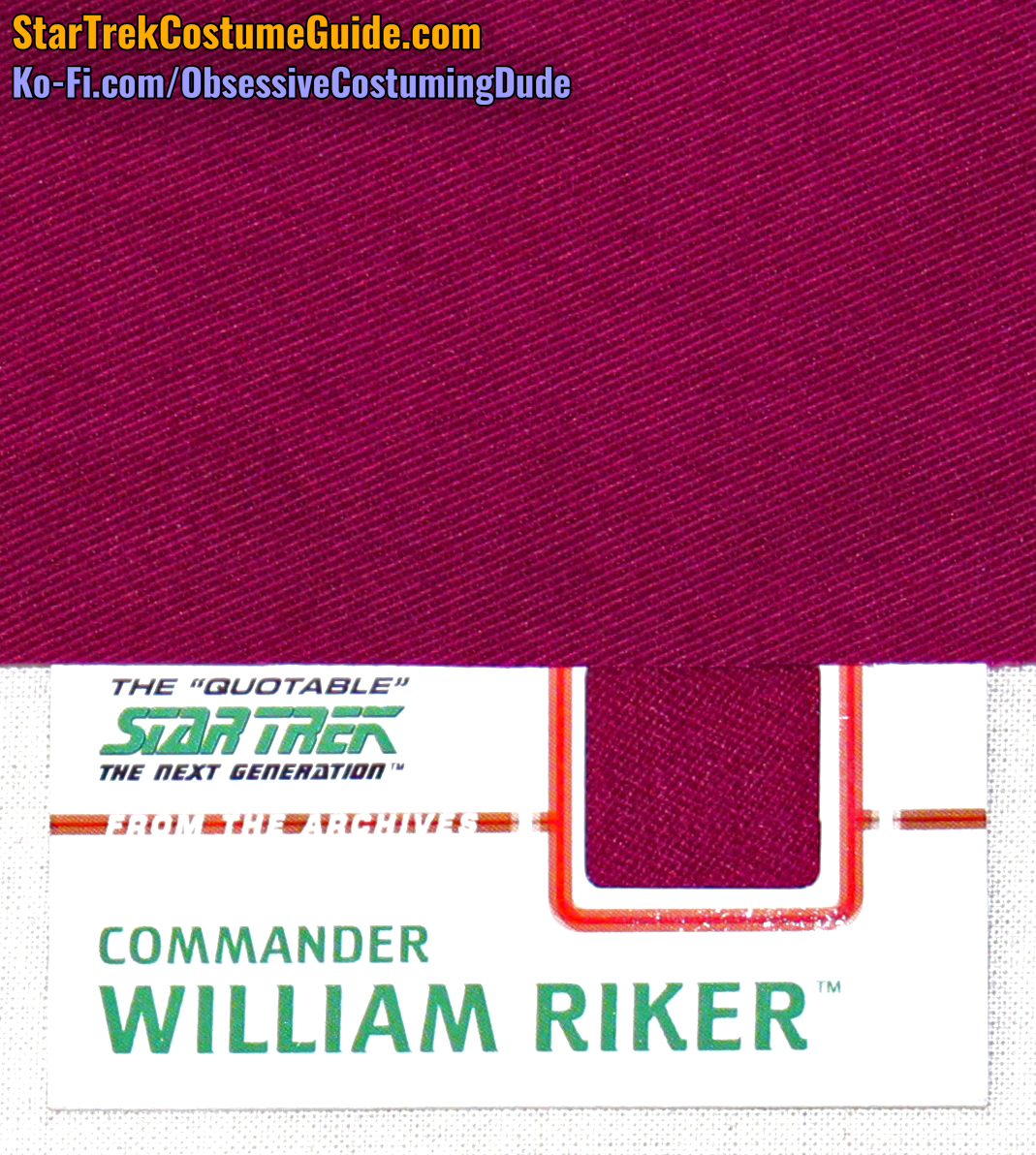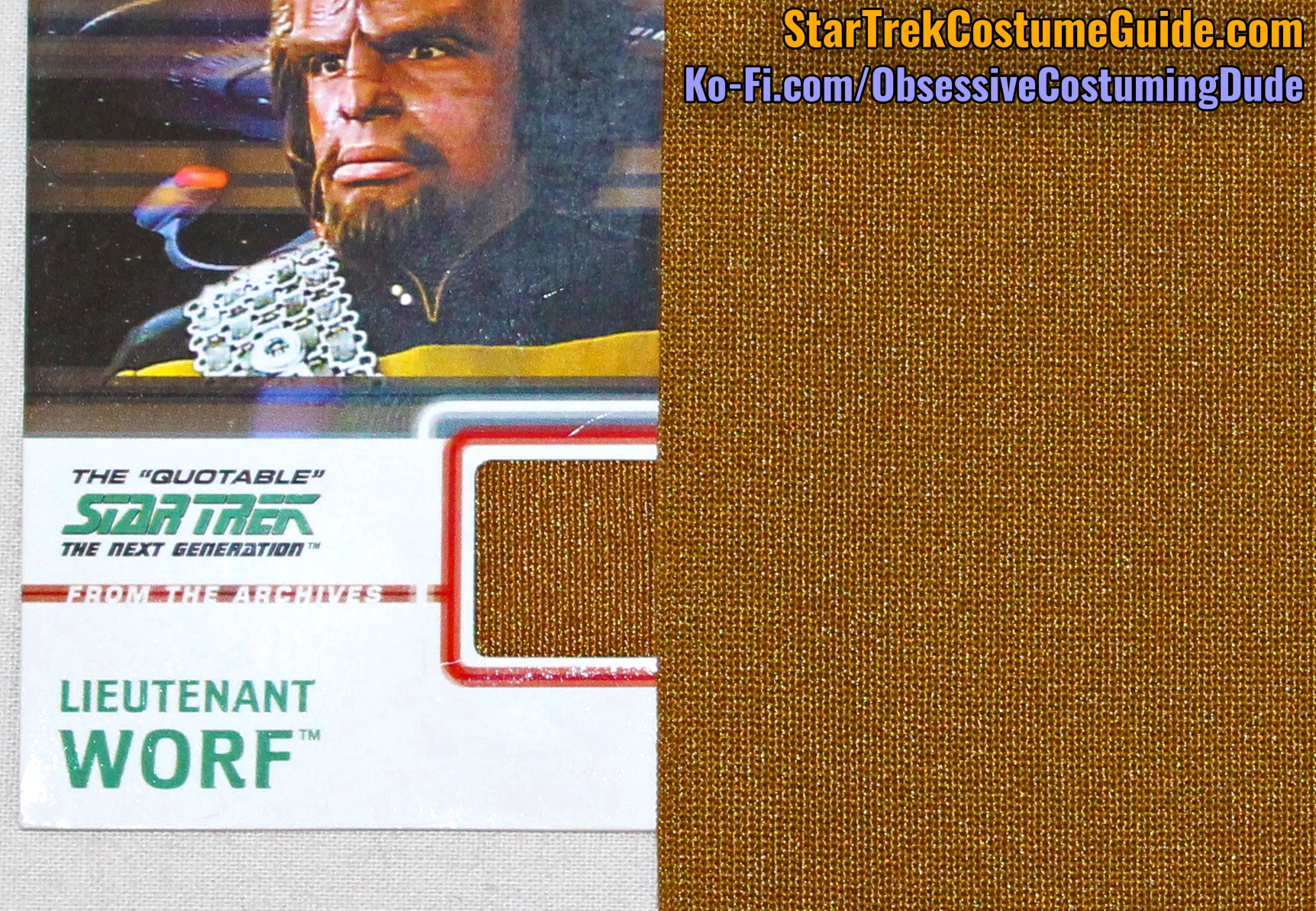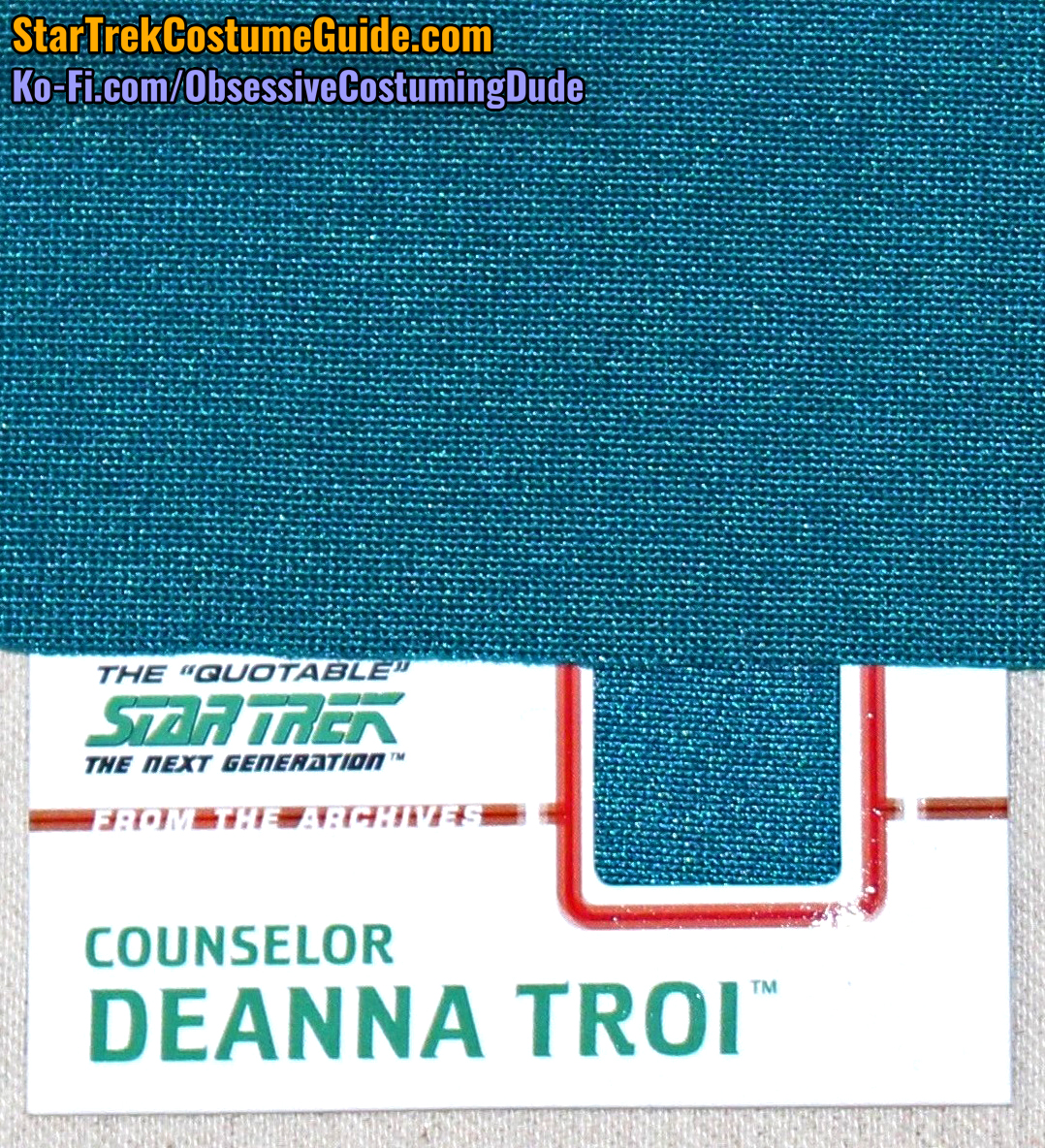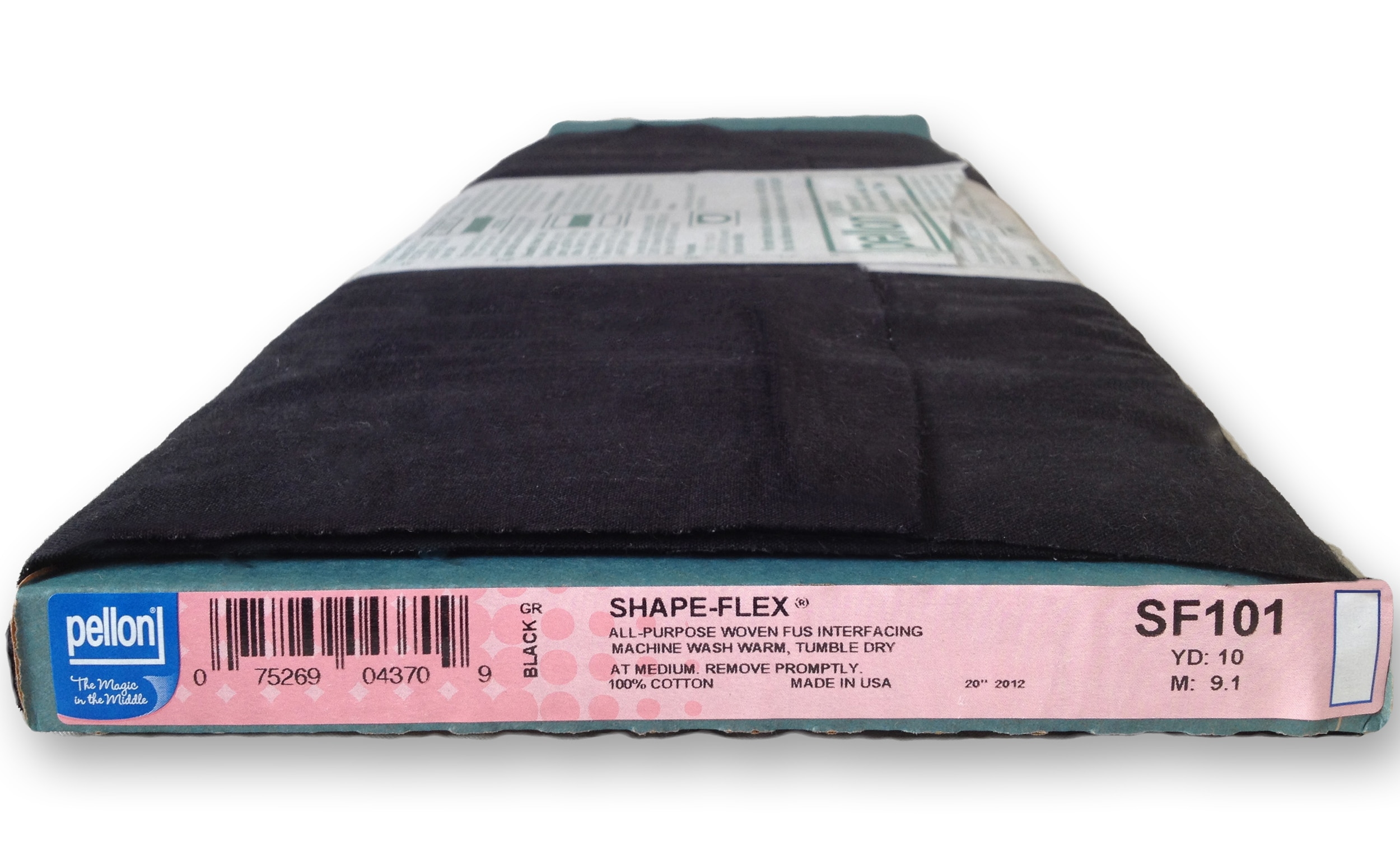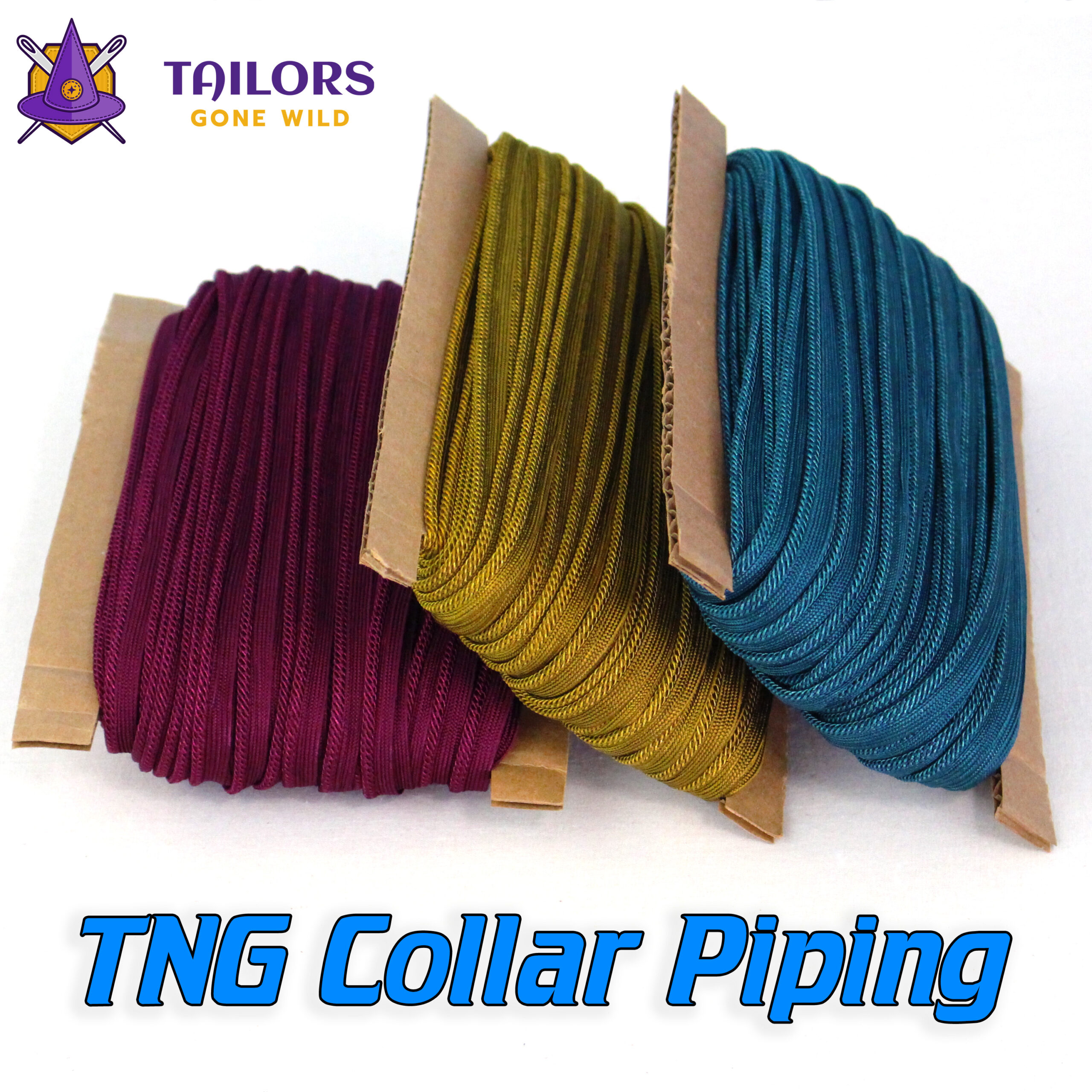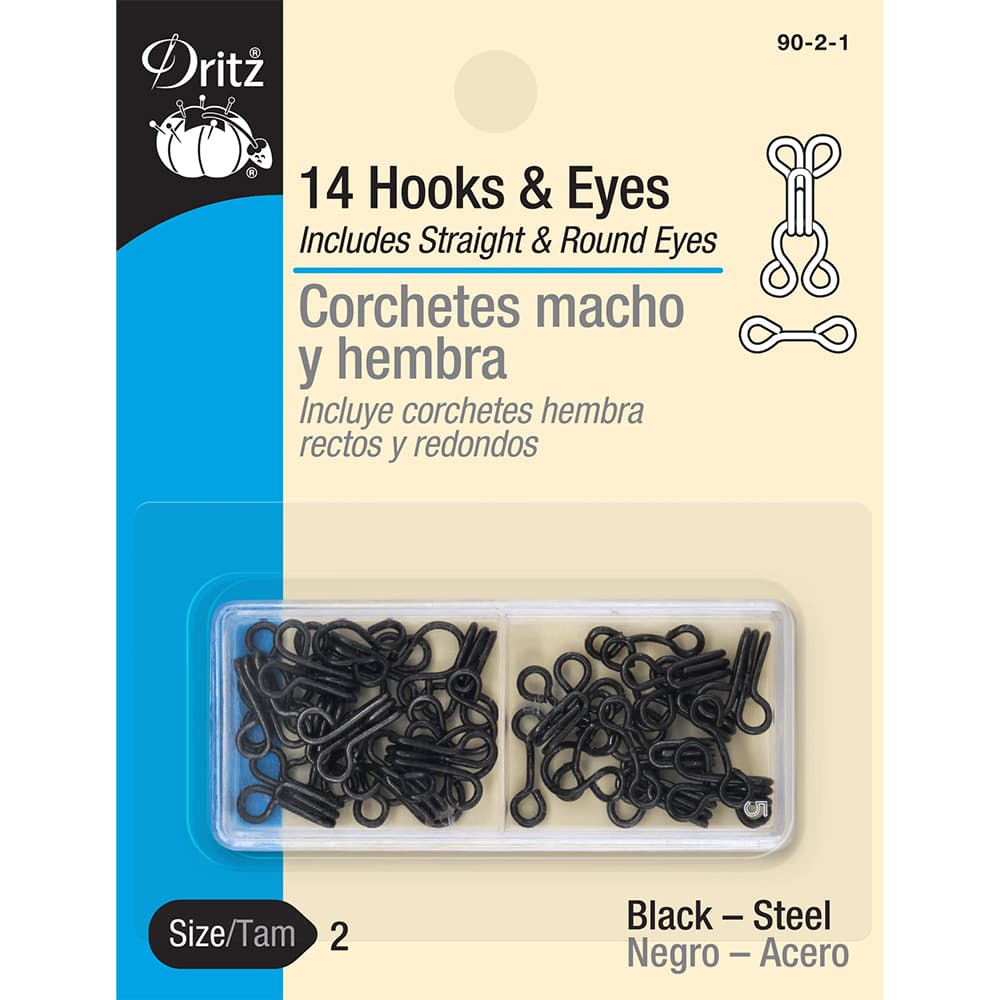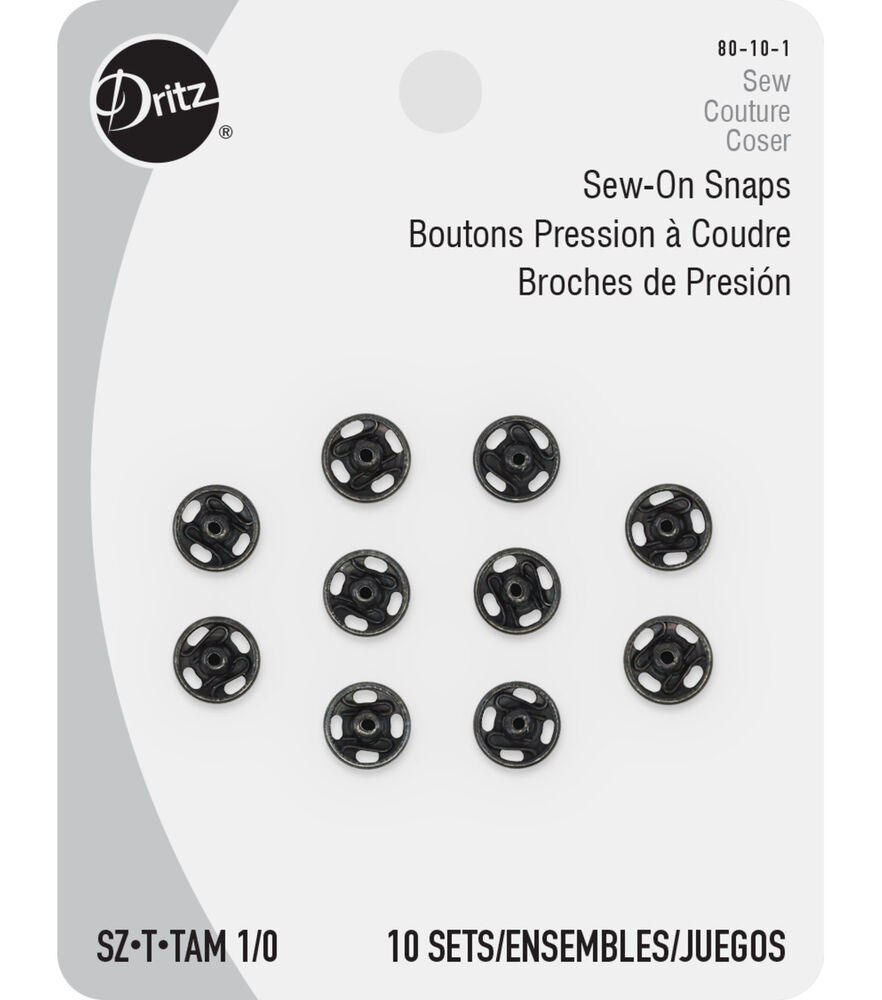FABRIC
- Black jumbo spandex = 3 yards
Fortunately, black jumbo spandex is common and easy to find online, at least in the United States.
Aside from price, the two major factors to consider when choosing a source for black jumbo spandex are color (the darker, the better) and weight (the heavier, the better).
My preferred source for heavyweight black jumbo spandex is Spandex World:
Other possible sources include (but are not limited to):
Cheaper sources are easier on the wallet, but they also tend to be lighter weight.
Heavyweight jumbo spandex tends to be more expensive, but the end result is much closer to the original uniforms.
When it comes right down to it, though, almost any black jumbo spandex is usable for this project.
And remember that you can both Google additional sources and often order swatches to assess before making your final decision. 🙂
Division-color jumbo spandex = 1 yard
PLEASE DO NOT E-MAIL OR MESSAGE ME ASKING FOR FABRIC SOURCES!
ALL THE INFORMATION I CAN GIVE YOU IS RIGHT HERE:
The screen-used division colors varied radically and evolved considerably over the years.
I will be discussing the evolution of the screen-used TNG-era fabric colors (with side-by-side comparisons) in future blog posts.
Unfortunately, authentic division-colored jumbo spandex has thus far proven (nearly?) impossible to find in any weight and price range. For the most part, the costuming/cosplay community has simply had to make do with whatever the closest available options are.
If you want to do your own Internet hunting, be my guest!
Costume cards with swatches of screen-used fabric are usually available on eBay, and I suggest using them for reference if color accuracy is important to you.
You can also check out some of the screen-used costume examinations here on my blog, for which I use visual aids like Pantones, paint chips, and thread spools as color references.
Possible alternative options include:
1 – Using a lightweight spandex fabric (such as milliskin spandex) and double-layering the panels, to achieve a weight more akin to the heavyweight jumbo spandex.
2 – “Super lycra” is similar to jumbo spandex and sometimes available in a slightly wider range of colors.
3 – Football spandex is also comparable in weight to the heavy jumbo spandex, but personally I detest working with it because it resists ironing, making the seam allowances all but impossible to control.
4 – Using a heavyweight knit fabric of your choice, in a color to your liking.
In lieu of existing retail sources, I’ve been developing dye recipes for the screen-used division colors on a variety of fabrics, and I’ve had some great results.
I plan to eventually post all my dye recipes on my STCG blog, for everyone interested in going the extra mile for their costumes.
If you’d like to help make this happen, please support my costuming research on Ko-Fi. I’m happy to share my results, but color-matching to develop custom dye recipes can be very costly, both in terms of materials and time.
Depending on the interest, I may also produce a fabric-dyeing course for Tailors Gone Wild.
And IF there’s enough Ko-Fi support, I’d love to be able to use some of the funds to produce custom fabric runs! 🙂
In the meantime, should I become aware of any existing (and viable) fabric sources, I will likely share them here on my blog and/or social media.
I suggest subscribing to my “Costume Guide” e-mail newsletter and following me on social media (if you haven’t already) for updates on the aforementioned, and other new costuming resources.
Division-color lightweight spandex = ½ yard
On the early TNG-era uniforms, the neckline, yoke, and lower front pants trim was made with bias-cut strips of a different, lighter-weight fabric than the jumbo spandex used for the body panels.
While not strictly authentic to the originals, a convenient “cheat” is to use the same division-colored jumbo spandex, shiny-side-out, for your neckline/yoke trim.
Black lining = ¼ yard
- Lightweight batting = ¼ yard
These are for the custom-made, raglan-style shoulder pads.
For the later-style shoulder pads, you may wish to use black polyester gabardine instead of the black lining. You’ll also need ¼ yard of heavy French canvas and ¼ yard of thick felt.
Black lightweight fusible interfacing = ¼ yard
I like to use Pellon “Shape-flex” (SF101), because it’s 100% cotton, inexpensive, and easy to find.
⅛” braided/ridged piping in division color = 1 yard (2 yards for the “Yesterday’s Enterprise” variant)
Custom-dyed collar piping is available in all three division colors on my Tailors Gone Wild web site:
ACCESSORIES, NOTIONS, SUPPLIES, etc.
1 spool of black thread
- 1 spool of division-colored thread
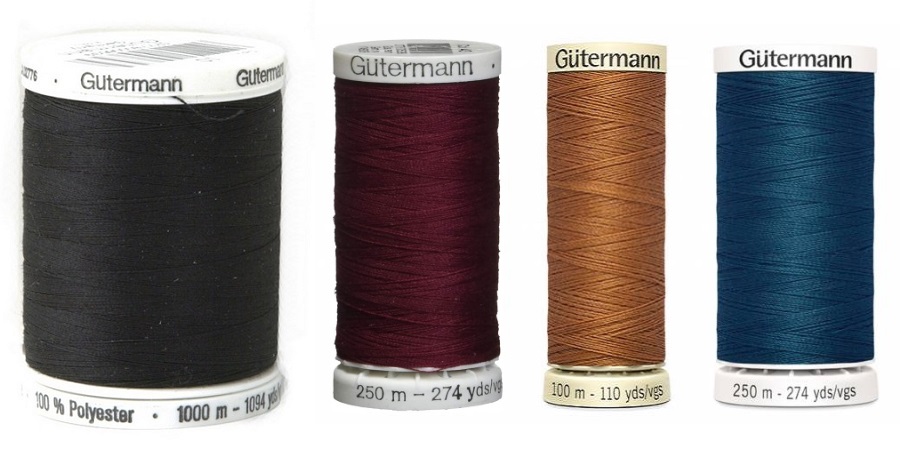
22″ black invisible zipper
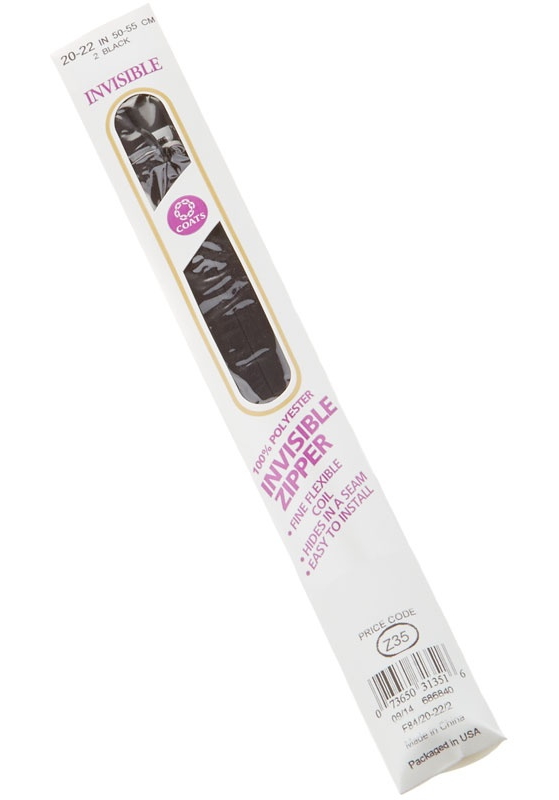
2 or 3 black hook-and-eye closures (ideally size 2)
½ yard of 1” black non-roll elastic
This is for the elastic “stirrups” on the lower pant legs.
Invisible zipper foot
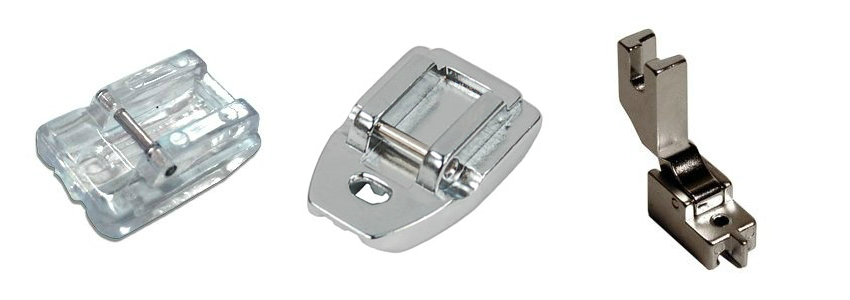
Piping/zipper/edging foot
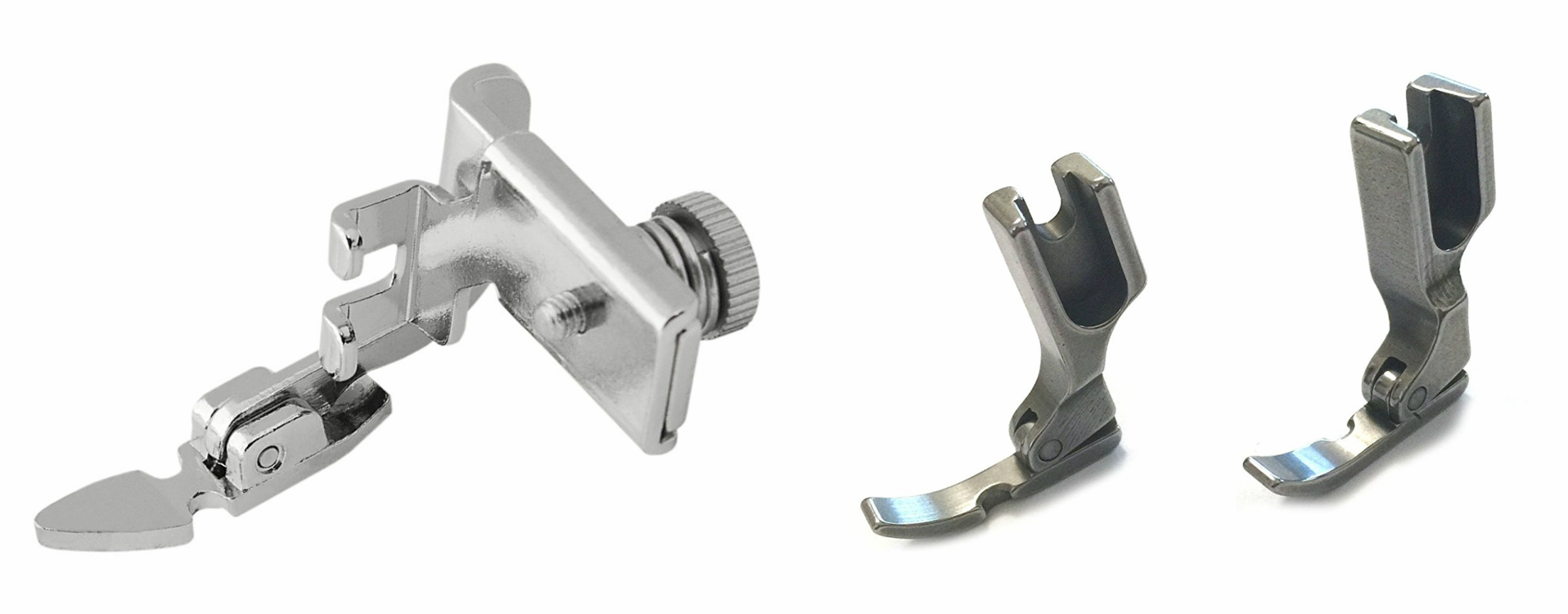
Walking/quilting foot
(This technically isn’t a requirement, but it makes some parts of the construction process SO much easier!)
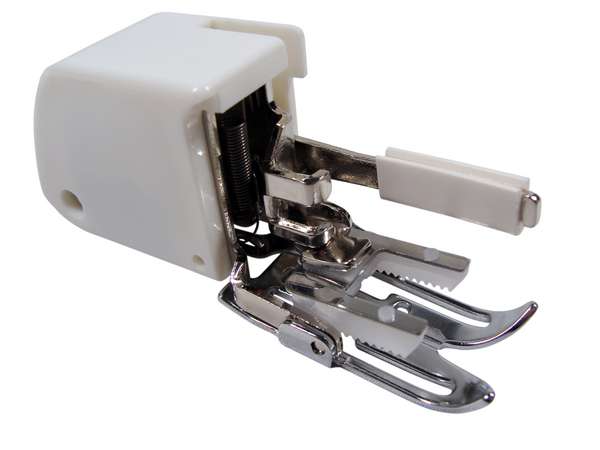
Pinking shears are also needed for authentic replica shoulder pads.
